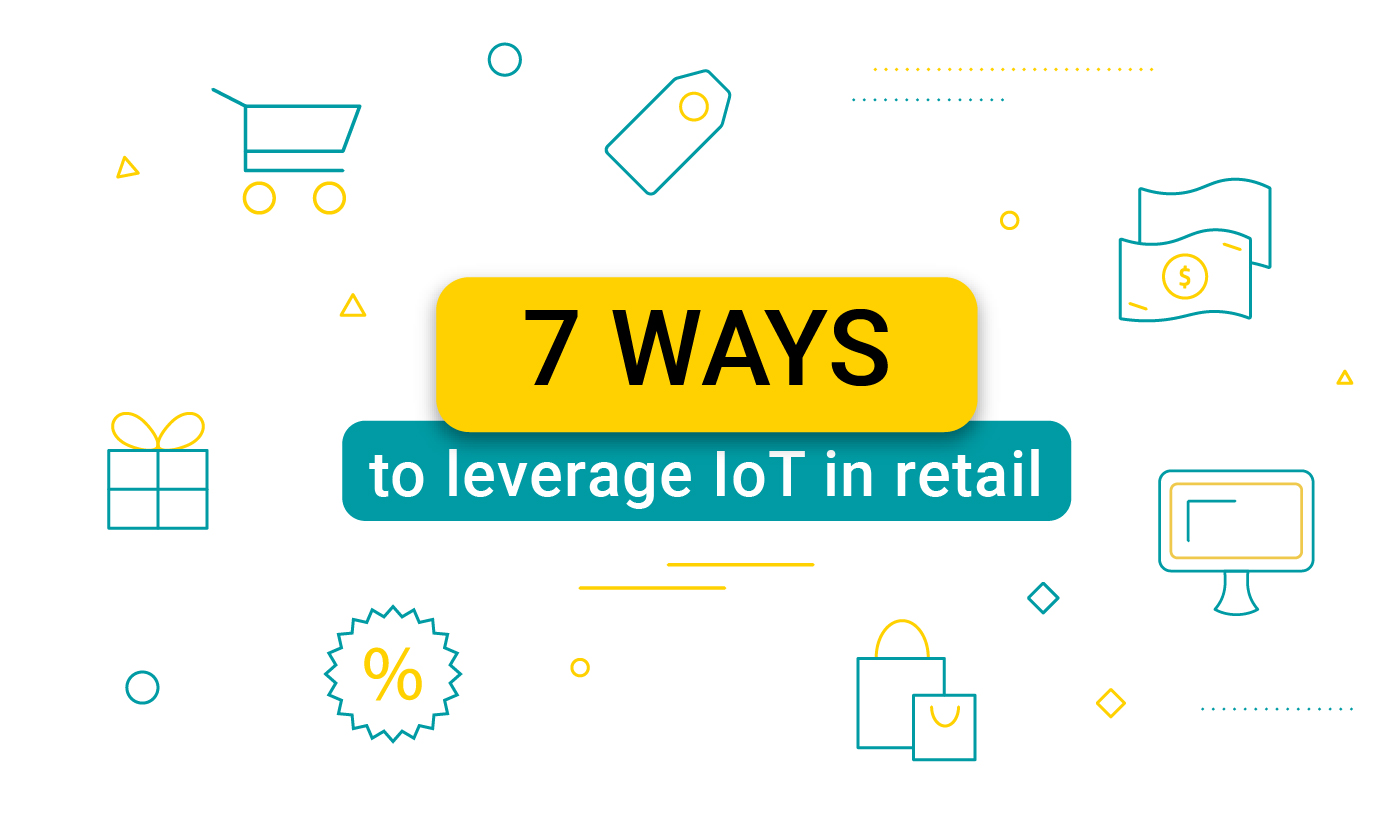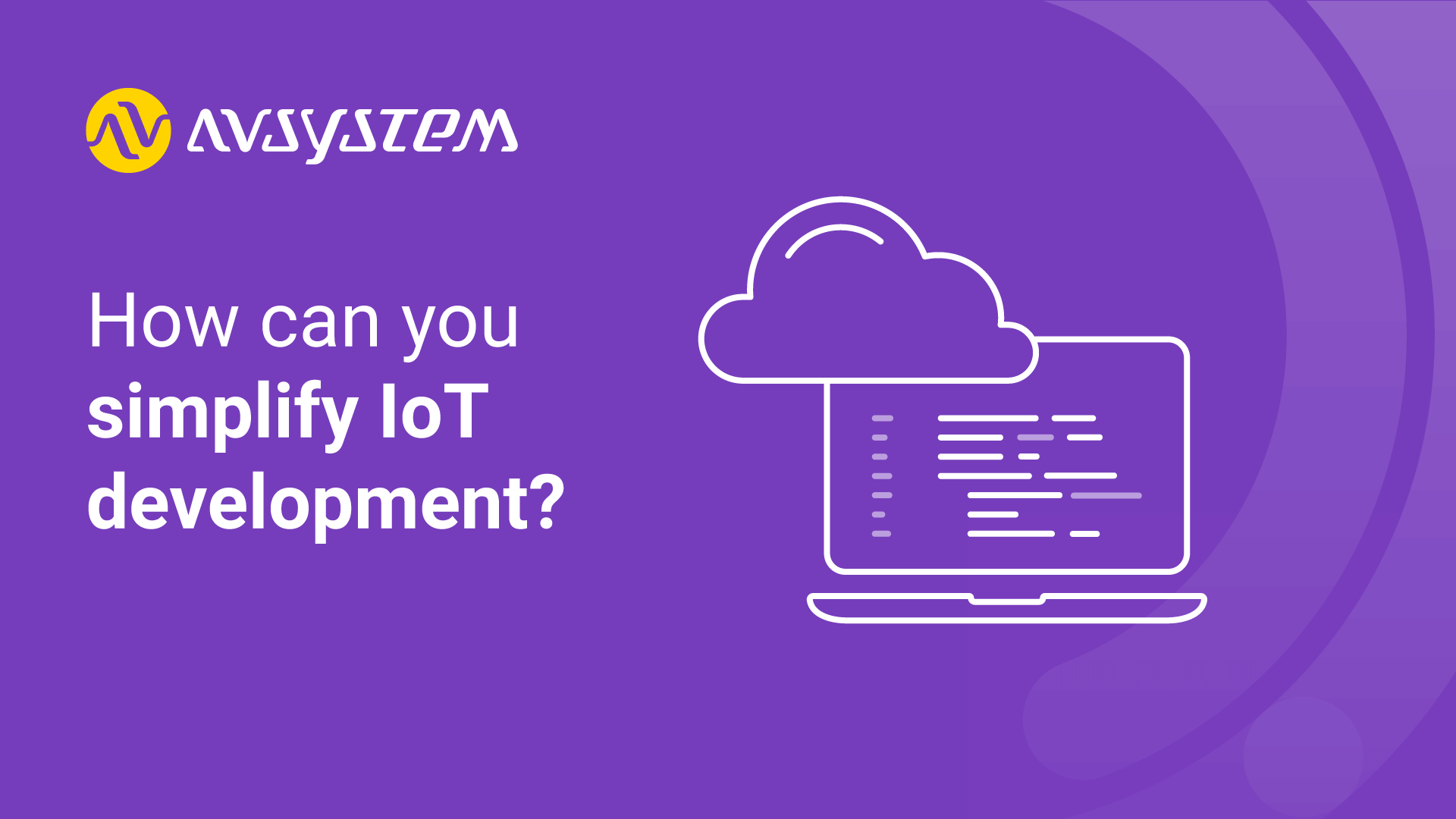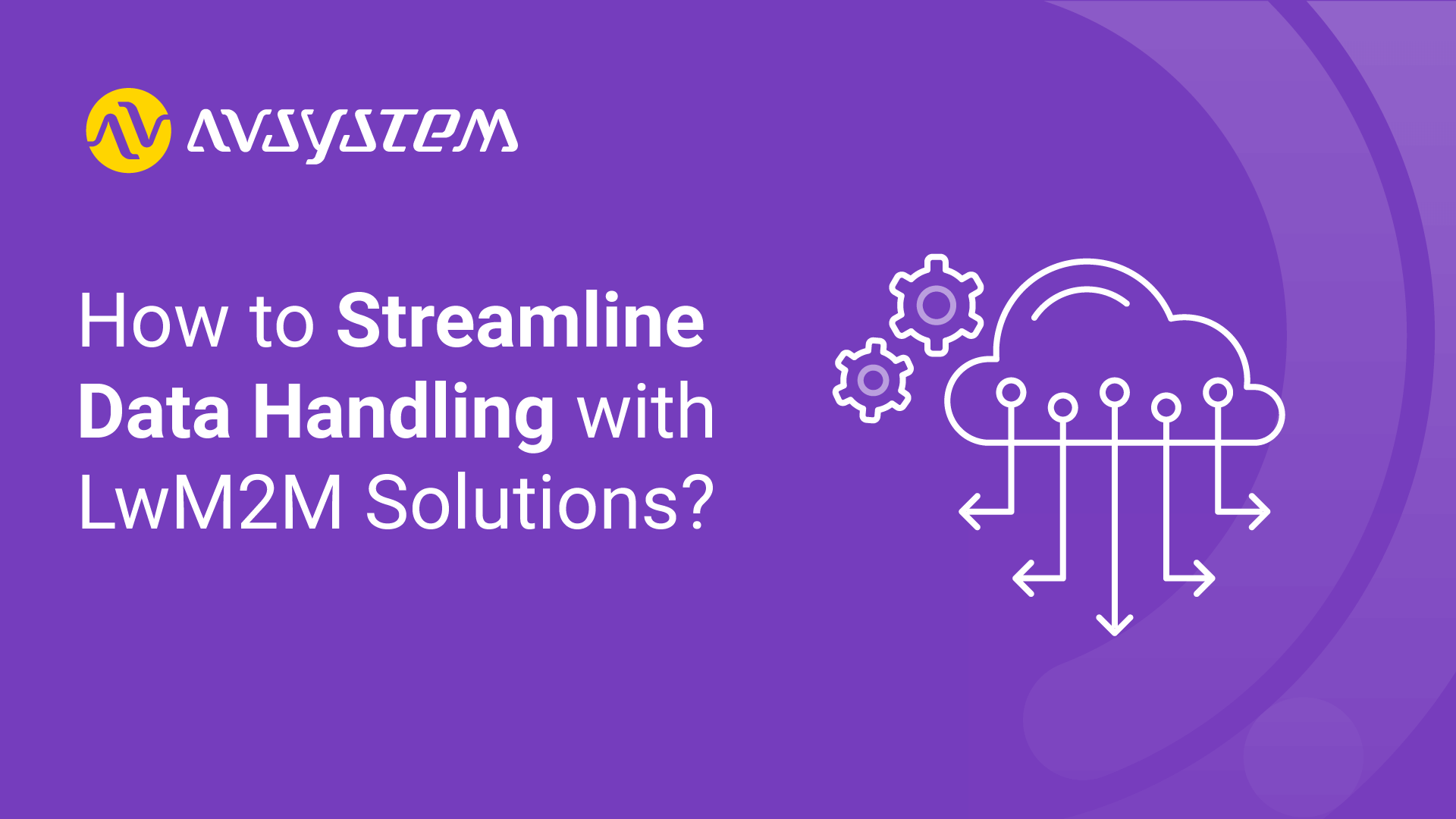7 ways to leverage IoT in retail

The retail sector is ready to see more IoT-driven disruption. From the way customers interact with brands to how businesses deliver customer experiences and run tighter and more efficient operations, IoT in retail has proven invaluable.
How is IoT in retail transforming the sector? We’ve created a list of 7 ways that IoT can be used to improve retail operations. Read on to learn about the power of smarter data collection, how warehousing is becoming more efficient, why food safety concerns are becoming a thing of the past, and more.
1. Data collection using IoT in retail stores
Big data is still a mystery to many businesses, but it’s becoming less so in retail settings. Smart retail IoT applications like Coiote IoT Application Enablement make it easier to quickly deliver IoT applications, closing the gap between new opportunities to deliver superior customer experiences and data deluge.
One example is the ability to track foot traffic and shopper behavior. As a seemingly obvious approach to improving brand engagement, it offers considerable benefits. Here are just three ways IoT can improve retail:
- Retailers can evolve from slower and traditional store layouts and stock placement to data-driven merchandising.
- Stores have the chance to pair products and place them where customers can easily find them.
- Brands have the opportunity to identify traffic hotspots and strategically place promotional collateral and deals on products in spaces buyers frequent, creating more awareness with less effort.
Check out this site for more!
2. Enhanced customer purchase experiences
It’s not the first thing most think of when considering the evolution of retail, but the shopping experience has been the same for hundreds of years.
Thanks to innovation, IoT in retail is changing how people interact in retail settings.
Touch on checkout offers expedited transitions, giving shoppers more control and offering more convenience. Options include self-checkout and no-checkout options. Both create seamless shopping experiences.
Today, customers are also able to pay via mobile apps, a mechanism that offers greater security than moving around with a physical wallet and bank cards. Apps offer greater insights into customer spending and behaviors. Retailers can establish a consumer’s favorite products and, when they are unavailable, offer alternatives. They can also provide smart notifications that alert shoppers when products they’ve purchased have expired.

3. Efficient warehouses
In large warehouses, locating stock is akin to finding a needle in a haystack. The implication of not being able to find stock has a trickle-down effect, adversely impacting sales and customer satisfaction.
IoT in retail can supercharge warehousing operations. It can speed up the search using applications that pinpoint stock locations in seconds. IoT applications can also offer valuable data. By monitoring stock levels, retailers are able to maximize shelf space, predict stock depletion rates, meet and predict customer demand faster, and drive revenue more efficiently.
4. Supply chain management
Supply chain management is plagued by many challenges. From increasing costs to complexity caused by multiple channels to market to evolving consumer demands for speedier delivery and improved quality, it’s a tough business to be in.
IoT can lessen the complexity and streamline supply chain operations. For example, retailers can quickly and easily deploy new IoT solutions based on open standards, such as Lightweight M2M, using a solution like Coiote IoT Device Management. It’s a highly scalable platform for complete device lifecycle management. With rapid deployment, testing, and issue resolution capabilities, retailers can track the entire supply chain.
They can move from limited visibility to complete control. Retailers can keep an eye on production, track deliveries from manufacturers, and ensure that perishable goods are kept fresh using optimal storage during delivery and in the warehouse.
Check out this site for more!
5. Asset tracking
Tracking assets like shopping carts and baskets are a pain, and losing them can be costly. Regrettably, the negative effect of fewer baskets and carts doesn’t end there. Consumers have to contend with the frustration of not being able to do their shopping.
A simple yet highly effective solution can transform the way assets are managed in retail. Anjay enables device vendors to easily implement an LwM2M client on their hardware or develop a customized LwM2M client for testing purposes. This allows for efficient remote management of hardware over Lightweight M2M.
With Anjay and low-energy sensors with batteries that last for months on a shopping floor, retailers can manage their assets much easier and offer a better shopping experience.
Check out this site for more!
6. Food safety monitoring
Food and beverage retailers understand that only the most efficient operations will ensure that goods are delivered and fit for sales and consumption. Unfortunately, establishing and maintaining an efficient operation is harder to achieve than imagined. A lapse in staff judgment or an electrical outage that goes unnoticed are just two events on a long list that can lead to stock contamination and loss.
IoT in retail can prevent loss and human error. It can be used to monitor the temperature of storage spaces. By installing sensors, retailers can easily monitor and control the temperature to extend the life of perishable goods in real-time.
Sensors can track temperature variances and provide alerts when temperatures break certain thresholds. And as this is real-time data, it can also be collected and presented in the form of a dashboard and reporting on how well temperature management systems for maintaining perishable goods have performed.
7. Predictive equipment maintenance
Equipment failure can cripple any operation. In retail, failures in shipping, stocking, and storage can lead to considerable losses of stock and revenue. Using predictive equipment maintenance, retailers can complete essential equipment maintenance.
Equipment can also be monitored to identify any events that can lead to damage. Using sensors, retailers can be alerted of changes in equipment behavior such as sudden vibrations, changes in temperature, when devices have been moved from their location, and more.
IoT in retail is the next wave of more efficient operations. By leveraging connected devices and smart software, retailers can strengthen their competitive advantage, get closer to their customers and offer elevated shopping experiences, and streamline the way they deliver services.
Recommended posts
- How can you effectively tackle the challenges of IoT development?
- IoT communication protocols explained [with measurements for NB-IoT]
- How to Streamline Data Handling with LwM2M Solutions?
Subscribe to stay in the loop with all our latest content:
Recommended posts


![IoT communication protocols [with measurements for NB-IoT]](/media/avssite/news/Communication-Protocols-Comparison_cover_new.png)
